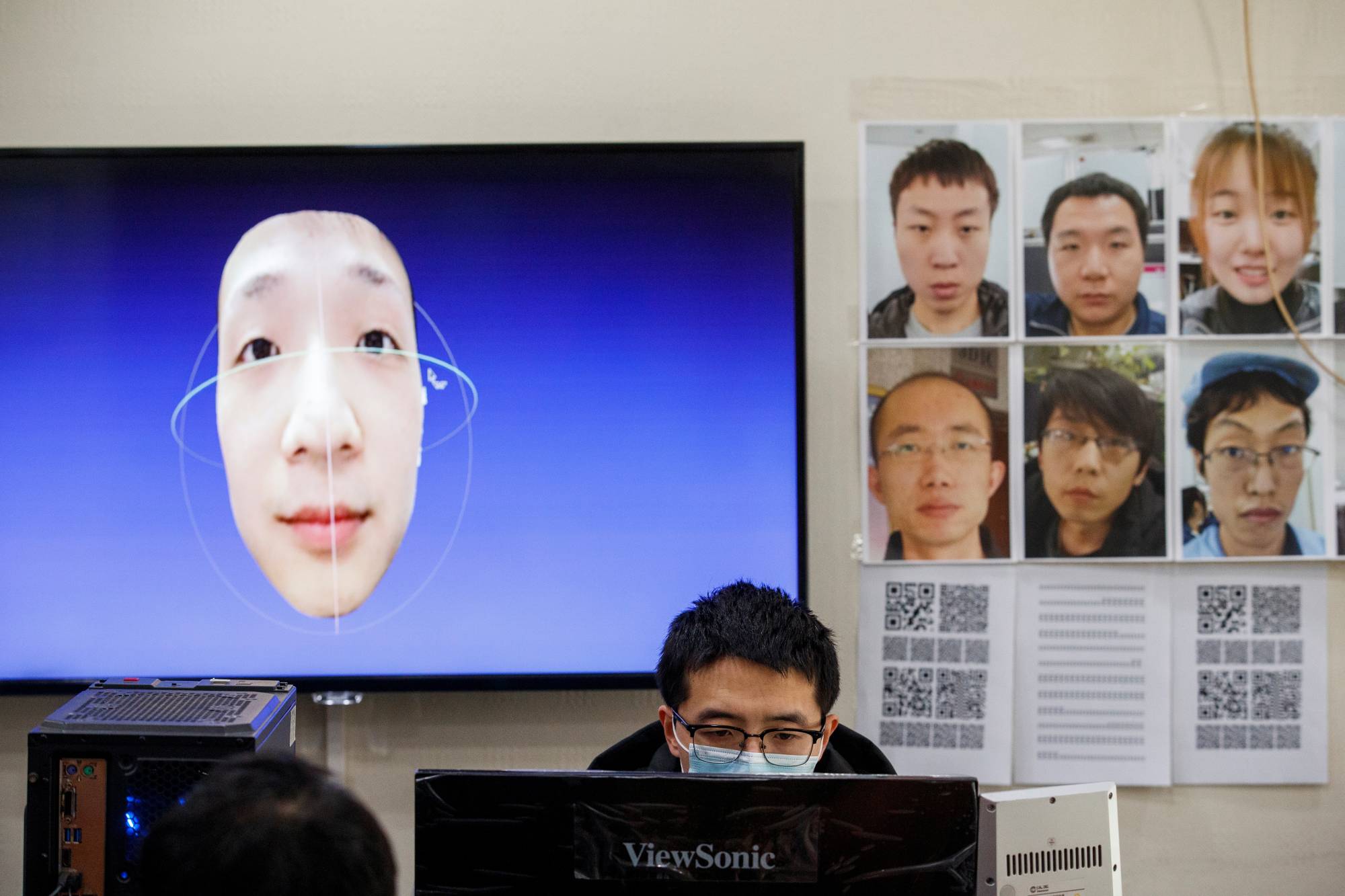Verifying your identity used to be so simple. You’d show a picture on your driver’s license or passport and these were two objects that lived in your pocket or a drawer at home.
Today, you can be identified by an array of digital representations of your face via the likes of Apple Inc., Microsoft Corp. and lesser known names like ID.me, which will soon scan the faces of U.S. citizens who want to manage their taxes online with the Internal Revenue Service.
On the surface, these services are simple, but the number of companies processing faceprints is also growing, raising some hard questions about how we want to be identified — and even classified — in the future.


















With your current subscription plan you can comment on stories. However, before writing your first comment, please create a display name in the Profile section of your subscriber account page.